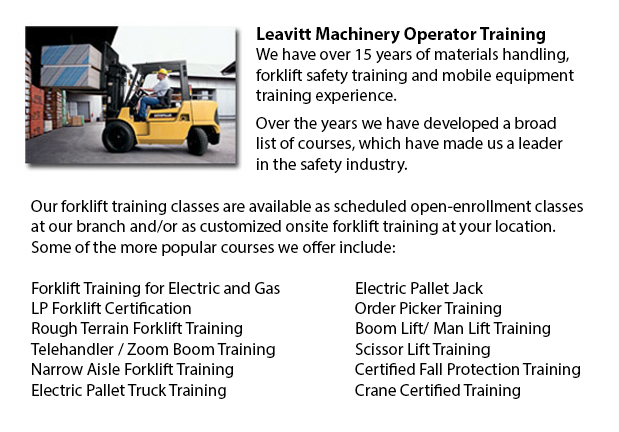
A pallet stacker is a variety of pallet jack that is utilized to move, stack and haul palletized commodities that are overly arduous for manual lifting. Its key function is to load and unload pallets on vehicles, as well as transferring pallets to and from a variety of locations within a storage space or warehouse. For the most part pallet jacks are manufactured of heavy duty materials to hold up tremendous weights. Pallet stackers are sometimes referred to as pallet jacks. They may be operated from a seated, upright or walk-behind position. Pallet stackers are divided into manual and powered types.
Certain fundamental items comprise the pallet jack. There are forks which slide under a pallet, capable of transporting and lifting it to a preferred height. The engine section or casing houses the gas-run, electronic or hydraulic gear that powers the appliance.
Manual pallet stackers are hand-powered. They work hydraulically to make lifting heavy pallets an easier task. Typically a walk-behind model meaning they are operated by pulling and pushing the jack to its preferred location. Using a foot pedal or handle raises the stackerâ??s forks. Squeezing a handle or trigger returns the forks to the ground. These designs of pallet stackers are ideal for lighter loads of up to approximately 1 ton or 907.18 kg.
Most jacks can accommodate the lifting of heavy weights to around 5 tons with either the gas or electric machines. They are physically less demanding to maneuver than the labor-intensive models due to the hydraulic power that hoists and lowers the forks. These models are steered by rotating the handle in a specific direction. There is a button on the handle that functions to raise and lower the forks. A throttle found on the stackerâ??s handle moves the device forward and in reverse. This type of equipment is regularly referred to as a lift truck and is used from a sit-down position.
As the fork width, weight limit and lift peak differ dramatically between different models, selecting the right pallet stacker to fit the job is vital. Some stackerâ??s lift peak may tolerate many pallets to be stacked, while others might only permit two at a time. Some models of these lift trucks include an changeable fork in order to permit the stacker to slide under pallets of atypical sizes and shapes. Multiple fork models might be quite successful when different types of pallets are being used in the same stockroom.
-
Komatsu Forklift
Komatsu Forklift U.S.A. Inc., a member of the Komatsu Ltd. family, has an encouraging reputation for building durable and reliable forklifts. They are recognized globally as a business who has a proud heritage and who maintains a standard of superior... More -
Pneumatic Forklifts
Pneumatic lift trucks are often called pallet lift trucks or pump trucks and are commonly used in warehouses and delivery facilities to move resources on pallets. Pneumatic lift trucks comprises a pair of metallic forks mounted on a wheeled counterwe... More -
Toyota Forklift
Since 1992, Toyota Material Handling inc., U.S.A., also called TMHU, have been the top selling lift truck dealer in the United States. Proudly celebrating more than 40 years of performance, the Irvine, California based company presents an extensive l... More -
Genie Forklift
Genie is a universally recognized company that enjoys the spirit of partnership with their extensive network of connected customers. Genie Industries prides itself on the idea of bringing materials and people higher and extending beyond the products... More -
Clark Forklift
Presently, there are at least 350,000 Clark forklifts performing worldwide, and upwards of 250,000 in commission in North America alone. With five major lines across the globe, Clark is proud to be one of the most expansive organizations in the indus... More

Forklift Training Goodyear
TOLL FREE: 1-888-254-6157
Goodyear, Arizona
forkliftcertificationgoodyear.com
Email Us
About Us


